November is The Final Chance To Overwinter Citrus Trees – Don't Forget to Move Containers so Your Tender Fruits Survive the Cold
Discover 5 important steps to get right when overwintering citrus trees in pots
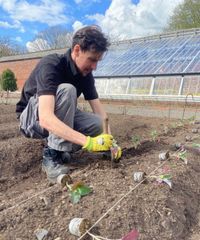
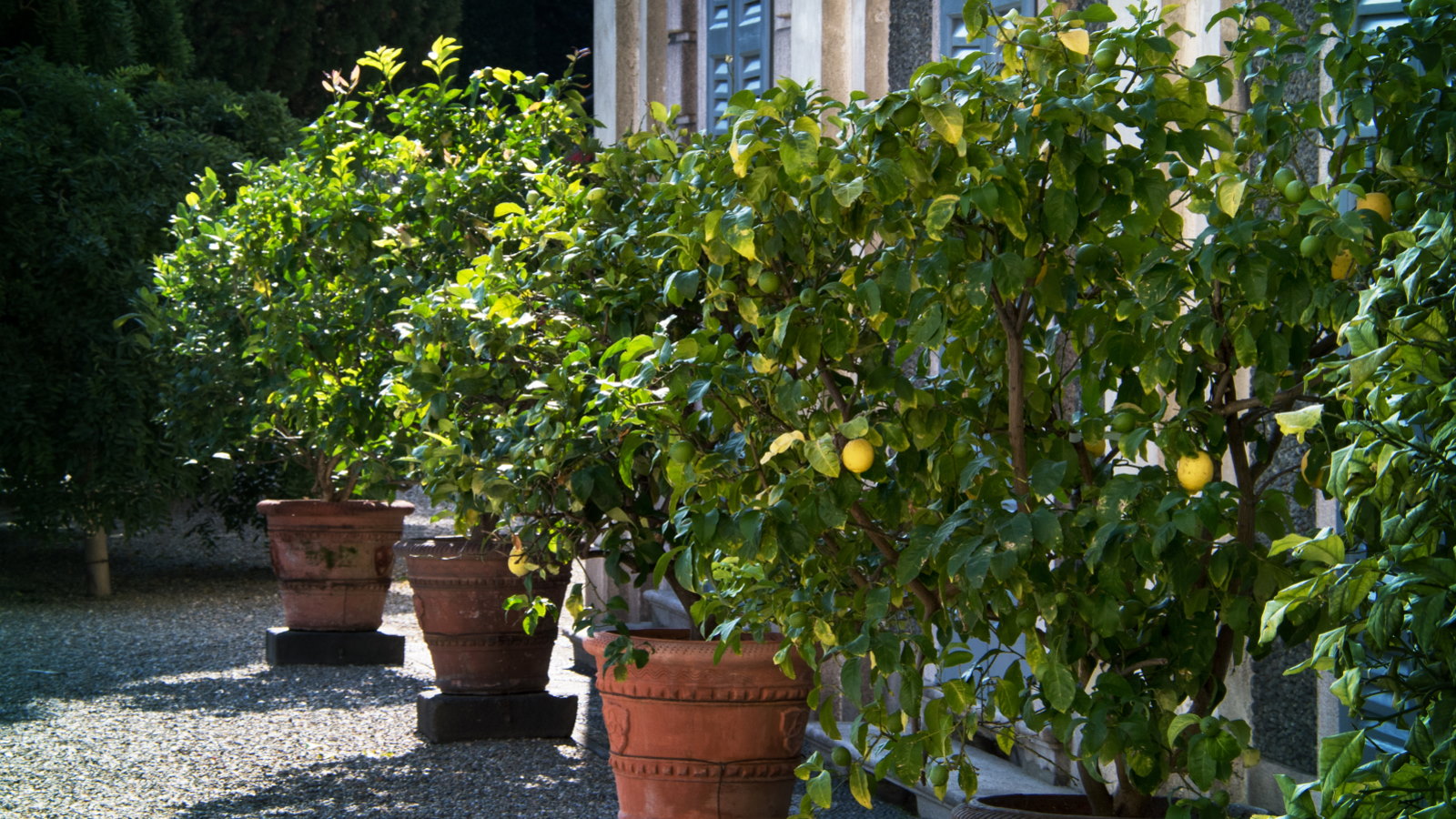
Growing citrus trees in pots is a great way to enjoy the luscious foliage and delicious, fragrant fruits without a Mediterranean climate. After a summer outside to soak up the sun, you do need to overwinter citrus trees when the temperatures drop in the fall.
This was an annual routine I undertook while caring for a large collection of citrus trees, including varieties of lemons, oranges, and limes, at a historic garden in the Midlands of the UK (US hardiness zone 8). The trees spent the colder months in an old orangery and were put on display outside for the warmer months.
October and November are prime months to start the process of overwintering citrus trees in pots. If you need to move yours indoors and haven't done it yet, consider this a call to action. To help you with overwintering citrus, I look at five key steps to follow to prepare the trees for winter and keep them healthy during their months indoors.
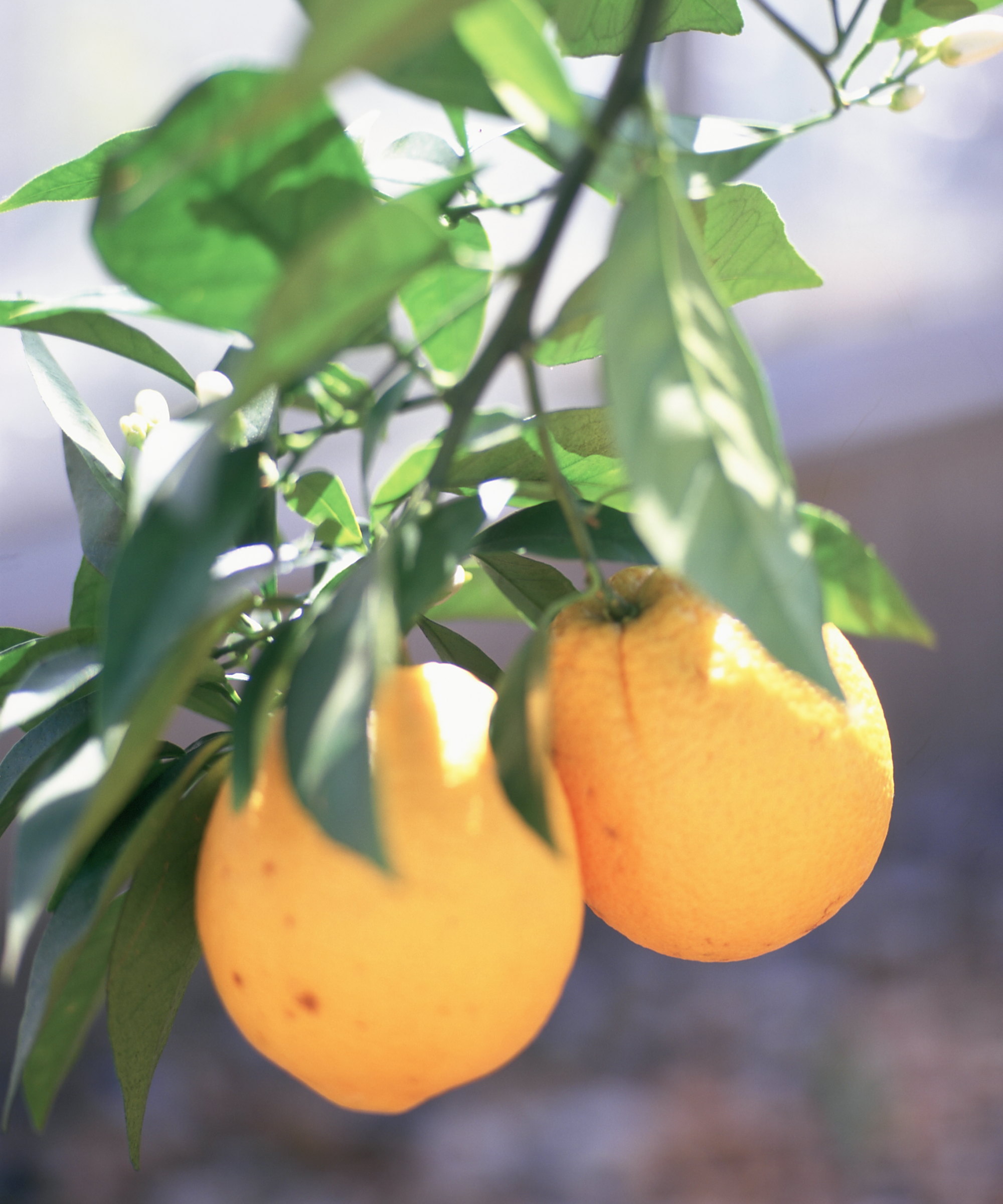
A guide to overwintering citrus trees in pots - 5 steps to follow
Growing citrus in pots opens up possibilities for gardeners in cooler climates to enjoy cultivating the tender fruits.
The plants can live year-round in protected environments, such as a greenhouse or conservatory, or be brought outside as patio plants for the summer to give a Mediterranean garden feel, before being moved back indoors to overwinter once the temperatures drop.
If you want to know more about overwintering citrus trees, the following are five key steps to follow for healthy trees:
1. Keep an eye on temperatures

Be proactive and ready to act quickly once the timing is right. That includes monitoring your temperatures and weather forecasts to move tender plants indoors ahead of predicted cold blasts.
Design expertise in your inbox – from inspiring decorating ideas and beautiful celebrity homes to practical gardening advice and shopping round-ups.
Citrus trees are frost-tender. They like warm conditions and minimum temperatures of 50°F; though their cold tolerance varies depending on the type and cultivar.
While some lemon varieties can tolerate temperatures below 40°F, their hardiness is reduced in containers. When growing fruit trees in pots, the trees' roots are more susceptible to frost than when growing in the ground.
Be prepared to start overwintering citrus trees once temperatures consistently head down to around 50°F, and certainly before the first hard frost for your climate. Citrus trees can be damaged at around 25-28°F.
While growers in US hardiness zones 10 and above can keep citrus outdoors year-round, those in zones 8-9 should move their plants indoors between mid-October and mid-November. While in zones 7 and below, it may be early to mid-October.
If you live in a climate where overwintering citrus trees is required, add it to your fall gardening checklist and monitor the forecasts, as you may need to go early if there is a sudden drop in temperatures.
2. Prepare the tree for winter
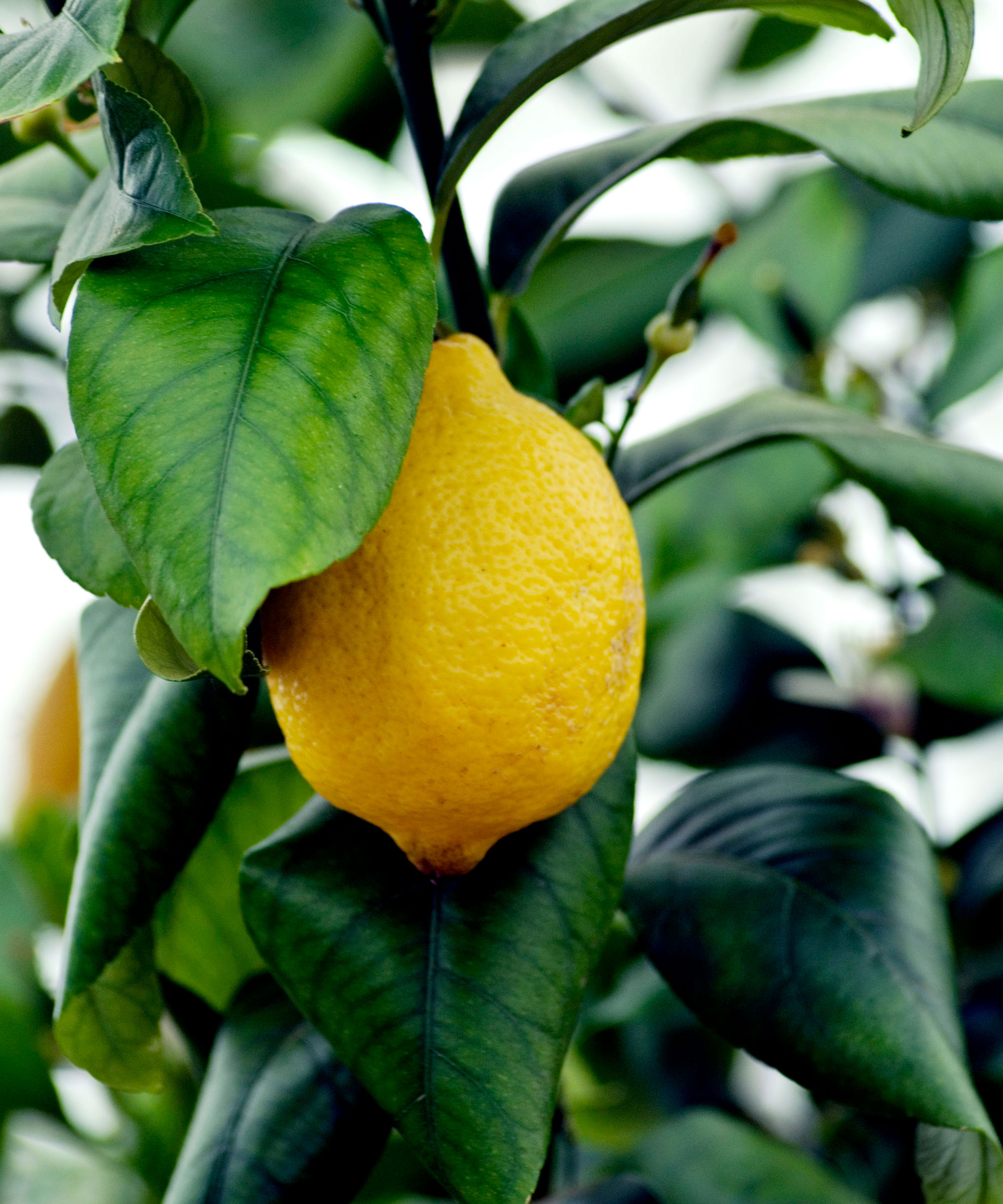
Citrus trees are susceptible to all manner of unwanted pests, including aphids, scale insects, mealybugs, and spider mites.
These pests can survive and thrive indoors over winter, away from many of their usual predators. It is best to try to deal with them and avoid them breeding during the winter.
Many small insects can be knocked off the tree with a strong jet of water, while you can spray trees with insecticidal soap to get rid of aphids and other insects. You can purchase a ready-to-use insecticidal soap at Walmart that can be sprayed onto trees to control a variety of insects.
A DIY solution is to make a homemade bug spray from water and liquid soap to deal with infestations. Spray the citrus tree weekly until the infestation is gone.
You can take this opportunity to lightly prune citrus trees, removing any dead, damaged, or diseased branches and making small cuts to shape the tree so it can conveniently fit indoors.
3. Bring them indoors

The ideal location for overwintering citrus trees indoors is bright and warm. They still want as much light as possible, ideally five hours of direct sunlight a day, in a greenhouse, conservatory, sunroom, or in front of a bright window.
Keep the trees at temperatures between 55°F and 65°F. Avoid placing them near heat sources, such as radiators, fireplaces, or heating ducts, which can dry the leaves, or near fluctuating temperatures caused by cold drafts or air conditioners.
One often neglected part of overwintering plants indoors is preparing them for life inside. Just as you harden plants off to go outside, you should do a similar thing before bringing them back inside.
Marina Prokaten, expert at the identifier and plant care app Plantum, advises you to 'expose the greenery to warmth gradually' rather than just bring the tree inside and be done with it.
'The shocking change in temperature may, at the very least, make your plant sick, and, in the worst but possible case, cause its death,' warns Marina.
She recommends first moving the citrus tree to a 'cooler location' outdoors for two days.
'Next, let it spend some time of the day inside, at temperatures similar to the cool ones it's experienced outside, for a week. Make sure to increase the time your plant spends indoors bit by bit,' adds Marina.
'Lastly, move the acclimated citrus tree to its permanent location.'

Marina Prokaten is a resident plant expert for the Plantum app, which helps users identify plant species, diagnose their conditions, and get specific care advice. She has three years of experience consulting on botany-related topics for Plantum.
4. Reduce watering
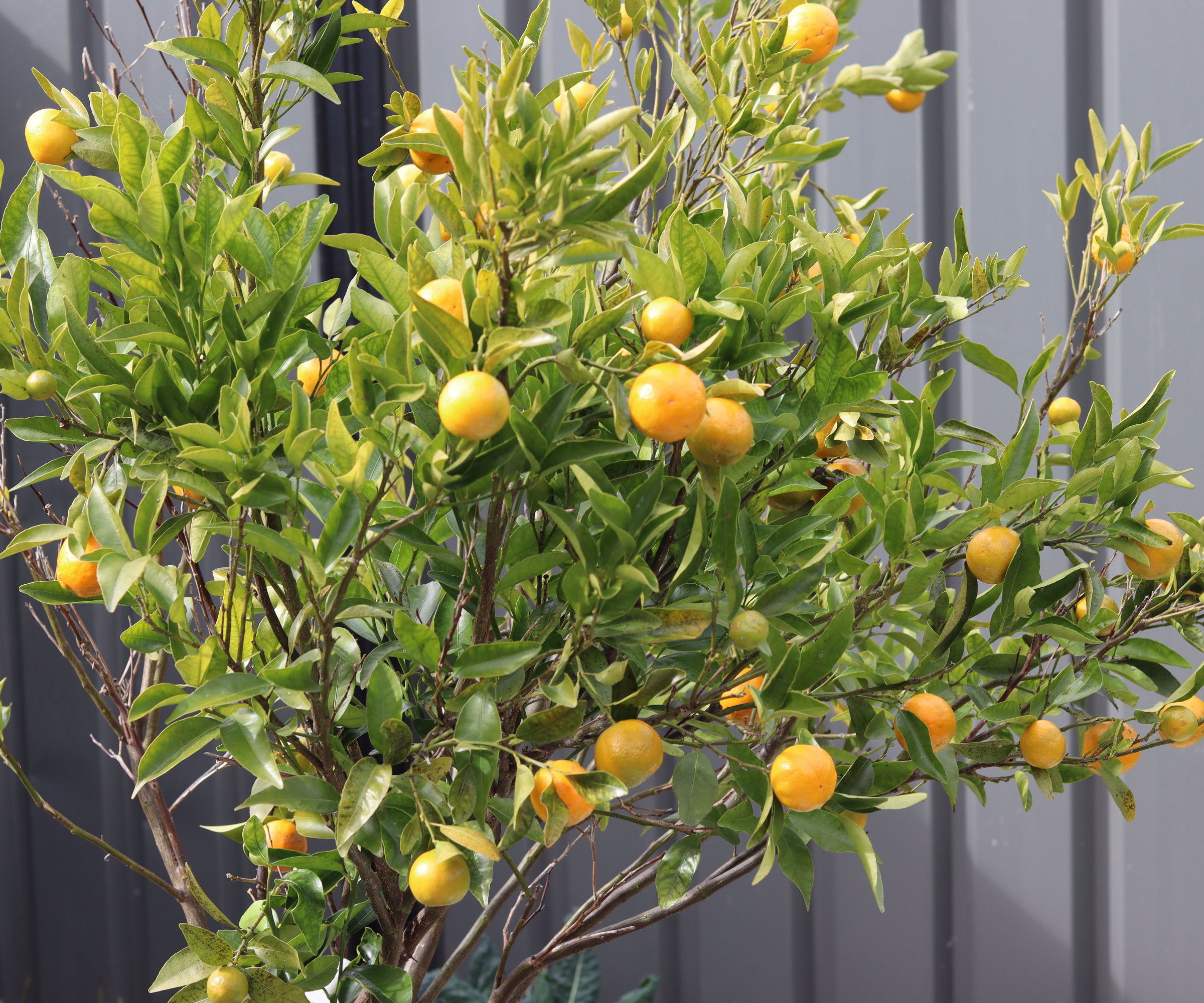
Overwintering citrus trees still need watering throughout the colder months, only at a reduced level compared to during the warmer summer time.
To gauge when to water plants in containers, use your fingers to assess the levels two or three inches underneath the surface or use a soil moisture meter, such as this 3-in-1 soil meter at Amazon. Water plants deeply once the top few inches are dry.
However, take care not to overwater plants, as citrus trees dislike sitting in wet soil during the colder times of year. This watering mistake can cause the leaves of the citrus tree to turn yellow and drop.
To help with drainage, it is recommended to raise the pots off the ground using pot risers, such as these heavy-duty hexagonal pot feet at Amazon. Using pot feet helps excess water to drain away, preventing waterlogging and root rot.
Citrus trees do like humidity, so it can help them to mist the leaves regularly when growing indoors.
5. Adjust your feeding regime

In a similar vein to watering, continue to fertilize citrus trees in containers indoors over winter, but reduce the frequency of feeding compared to a summer regime.
With the citrus collection I helped maintain, the feeding regime dropped to once a month when the trees were overwintering, compared to every other week during the summer months.
While overwintering citrus indoors, feed plants with a balanced citrus-specific fertilizer to support overall development and health. For example, this citrus fertilizer at Amazon has an NPK of 6-4-6 and can be sprinkled around the tree monthly, mixed into the top inch of soil, and watered in.
FAQs
What is the lowest temperature a citrus tree can survive?
It all depends on the type of citrus tree, as some are much more cold-hardy than others. Many of the most common types, such as lemons, limes, and oranges, are severely damaged by temperatures in the mid-to-high 20s. There are some types, such as kumquats and satsuma mandarins, that can tolerate as low as 18°F. Most trees can tolerate short periods of low temperatures, but can be critically damaged by several hours of such cold.
A banana tree is another fruit tree that needs overwintering in colder climates, as frosts can kill the tropical tree. You can overwinter banana trees as tropical houseplants if you have the space. An alternative is to cut the plants back to 4-8 inches from the ground and overwinter the stump in a container in a cool, frost-free location.

Drew has worked as a writer since 2008 and was also a professional gardener for many years. As a trained horticulturist, he worked in prestigious historic gardens, including Hanbury Hall and the world-famous Hidcote Manor Garden. He also spent time as a specialist kitchen gardener at Soho Farmhouse and Netherby Hall, where he grew vegetables, fruit, herbs, and cut flowers for restaurants. Drew has written for numerous print and online publications and is an allotment holder and garden blogger. He is shortlisted for the Digital Gardening Writer of the Year at the 2025 Garden Media Guild Awards.